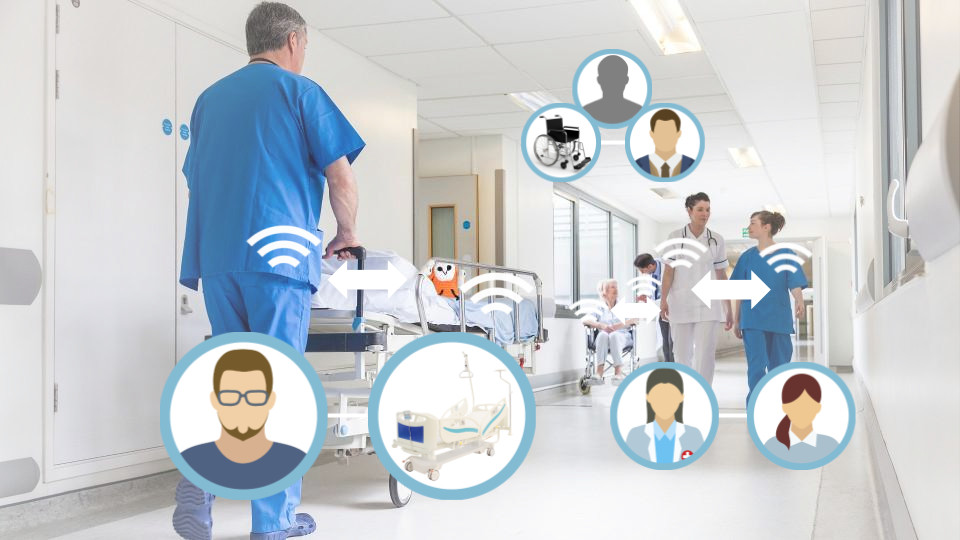Yesterday (March 11th, 2020), the World Health Organisation’s Director General characterised COVID-19 as a pandemic. Today, in Montréal where reelyActive is based, and around the world, many find themselves directly and personally affected by measures intended to prevent the spread of the virus, including business, institution and school closures, as well as travel restrictions and self-quarantine.
In our team’s adjustment to these changes, we are prompted to recall use cases of our technology particularly applicable to the situation in which we, and countless others, find themselves, and which we’ll present in this blog post.
Working remotely but not alone
In 2014, our clients who were developing The Thing System, worked remotely from California and the UK, and devised a clever use of their technology and ours: whenever a team member was present in their home office (as detected by our tech), a light would turn on in their colleague’s home office halfway around the world (enabled by their tech). In this way, each team member was aware, through calm technology, when their colleague was “at work”, so that they could confidently initiate communication at an appropriate moment, whenever required.

Beaming in
In 2016, our clients Event Presence reached out to make their Beam mobile telepresence experience location-aware. Can’t physically attend an event or conference? They offered a means to attend remotely with the ability to move around and interact freely. As “beaming in” to an unfamiliar space can be disorienting, we worked with them to provide real-time location and context to their remote attendees. Working with the Beams, we found them incredibly useful not only for remotely attending events, but also for working remotely on the very deployments we were developing. On many occasions we even found ourselves chatting Beam-to-Beam in the venue, surely to the bewilderment of passers-by, but very much to the benefit of what we were working to achieve!

Tracing person-to-person and person-to-asset interactions
In 2019, our clients at USC deployed the first trials of DirAct, a technology we co-developed, to automatically capture person-to-person and person-to-asset interactions in an active hospital setting. Hospital staff opt-in to wear a Bluetooth Low Energy badge which detects other badges or asset tags in proximity, and which relays this information via our gateway infrastructure temporarily deployed throughout the hospital. Our colleagues at USC collect this information as part of a study to determine workplace stress factors, however it is not difficult to imagine how this same deployment could be used for traceability of interactions between staff and patients, as well as with hand-washing stations, in the context of a contagious disease such as COVID-19.

The measures currently undertaken to curb the spread of COVID-19 remind us of the pertinence of our physical location—and that of others—in our daily lives, especially as these become impeded or restricted.
In these times, it is not difficult to envisage the wide-reaching potential of real-time location technology, as evidenced by the above examples to which we’ve proudly contributed. From wherever you find yourself reading this we trust that you will stay healthy as much as innovative!
